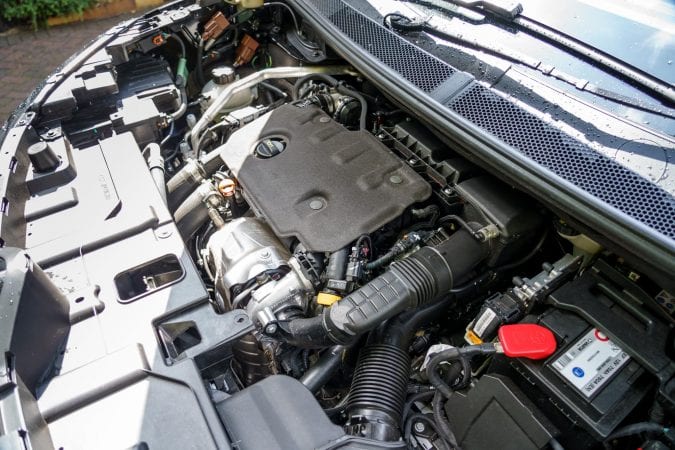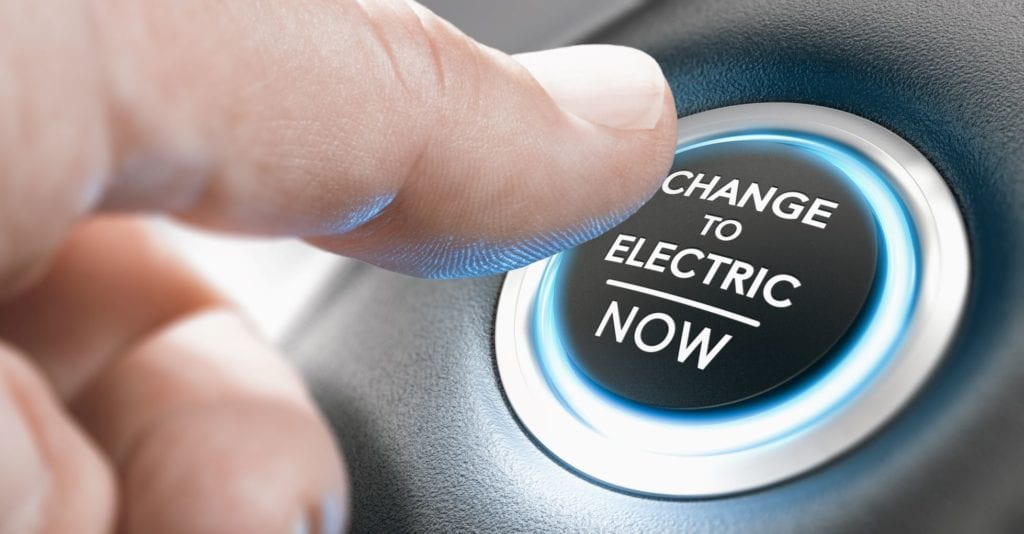In the past decades, the automobile industry has probably never imagined that electrically generated cars would be possible. However, as technology continued to advance, the light for electric vehicles has shined forth. One electronic-mobile manufacturer started the innovation, followed by other leading car companies that started launching electric cars.
Initially, electric vehicles are dreamed of by the world to stop using internal combustion engines that emit carbon dioxide, which harms the earth’s atmosphere. This situation has fuelled and continues to drive global climate change today. The ongoing revolution in the automobile industry brought by electric vehicles conveys hope to prevent climate change and recovery of the environment.
Reasons Why E-Cars Are Expensive
The launch of electronic cars, or e-cars, sounds very promising and very optimistic. As electric cars steadily gain the world’s attention, many thought that there’d be a steep decline in the use of internal combustion engines.
However, despite the launch of these vehicles, many people still can’t afford to buy them. Electric cars are still much expensive than traditional fossil fuel cars. This is why there’s an outstanding minority in the world who purchased and can purchase electrically driven vehicles. But why is that so?
Here are some significant reasons why electric cars are expensive.

- Battery Technology
Since electric cars have outdated the technology used on internal combustion vehicles, it uses a new scale of technology called battery technology.
As the use of portable and mobile equipment grows, battery technology is becoming more prevalent. There are several different battery and cell technologies available today. These include non-rechargeable systems like zinc-carbon and both alkaline batteries and rechargeable batteries. These batteries have progressed from NiCd to NiMH cells to the more recent lithium-ion rechargeable batteries.
Electric cars use these rechargeable lithium-ion batteries to generate electricity in the vehicle without using fossil fuels. These batteries are the same as those in your devices like laptops or mobile phones. However, since cars are much bigger than your devices, the batteries were made larger to store and deliver a more excellent energy supply.
The batteries in electric cars make up one-third of the vehicle’s total cost. The average price of lithium-ion battery packs used in electric cars is about USD$8,000. Such high costs are derived from the components that make up the cells in the battery. One of such components is the cathode, which is responsible for storing and releasing a sufficient charge.
Cathodes are expensive due to the materials needed to pack in more energy. Such materials are metals like lithium, manganese, cobalt, and nickel. These metals are mined, processed, and converted into chemical compounds with high purity. Because of these metals, batteries are priced higher in the market.
Nevertheless, manufacturers aim to lower the batteries’ price to make electric vehicles more affordable. One way of this is to replace high-cost metals in the cathode with cheaper ones. An example of this is by substituting nickel for cobalt. Nickel has a greater capacity to hold energy and is more affordable. Still, compared to nickel, cobalt has more resistance to heat. This makes it safer to use in avoiding overheating and eventually catching fire. Manufacturers may still be far from it, but they’re finding ways to balance security and efficiency in enhancing the battery packs used in the technology of electric vehicles.
According to some studies, lithium-ion battery pack prices went down in 2020. It was also observed that just over the past decade, lithium-ion battery pack prices have significantly decreased. It’s also forecasted that the average prices will continuously decrease for the coming years.
With the drop of battery pack prices in automobile industries, future costs of e-cars are predicted to decrease. But, as for now, electric vehicles remain expensive and out of reach for most of the population.
If you want to know more about electronic vehicles, there are many resources you can find online, like this article by Car and Van Mats.

- The Electric Vehicle Market Is New
The electric vehicle market is relatively new and has a rising momentum in the automobile industry. Since it’s still an up and increasing market, there’s a limited range of car choices available.
Many factors drove the market for electronic vehicles. One of the main drivers of market growth is large-scale investment in this market. Furthermore, demand for electric cars has been rising in recent years. The increasing awareness of air pollution is also driving up demand for electric vehicles. As mentioned, electric vehicles emit fewer greenhouse emissions than conventional fuel vehicles. They’re intended to aid in the reduction of air pollution, thereby improving air quality and life in totality.
Due to the limited scope of cars in the market, price points are restricted, making it tight to a higher price range. This means that it can’t stretch its price points to cheaper amounts. However, as the market matures, the price point range will widen, and prices for electric vehicles will decrease.

- Greater Demand Than Supply
The fact that electric cars use batteries to power the wheels means that the car’s batteries are also energy-intensive. This feature can have the potential to hold back the car’s efficiency and cause expensive repairs. The heavy use of batteries also means that electric vehicles don’t have the same acceleration potential as traditional cars. E-cars will likely take longer to reach top speed, and drivers will need to drive more slowly.
Despite these limitations, the demand for electric vehicles in Europe and America seems to be continuously increasing. In recent years, Asia Pacific had the largest market share of electric cars. Japanese manufacturers sell a majority of today’s electric vehicles. Furthermore, due to growing environmental consciousness among the South American population, it’s projected to have the fastest revenues in e-cars for the coming years.
Since the market is still in infancy, the production can’t keep up with the increasing demand. Also, lithium-ion batteries can’t be manufactured efficiently at scale. Aside from being expensive, these batteries can take up to 18 months to get manufactured.
This situation leads to demand exceeding the current supply. As to the law of economics, the price would continue to rise. Thus, the exceptionally high costs of electric cars.
Key Takeaways
The rise of the electric vehicle market will prove beneficial not just for the convenience of man but also for the environment. However, these e-vehicles are still exceptionally costly due to battery technology, its novelty, and high demand.
As time passes, leading manufacturing companies will have the solutions to all the hurdles. Eventually, electric car selling prices will continue to decrease, making them more available to most of the population.
